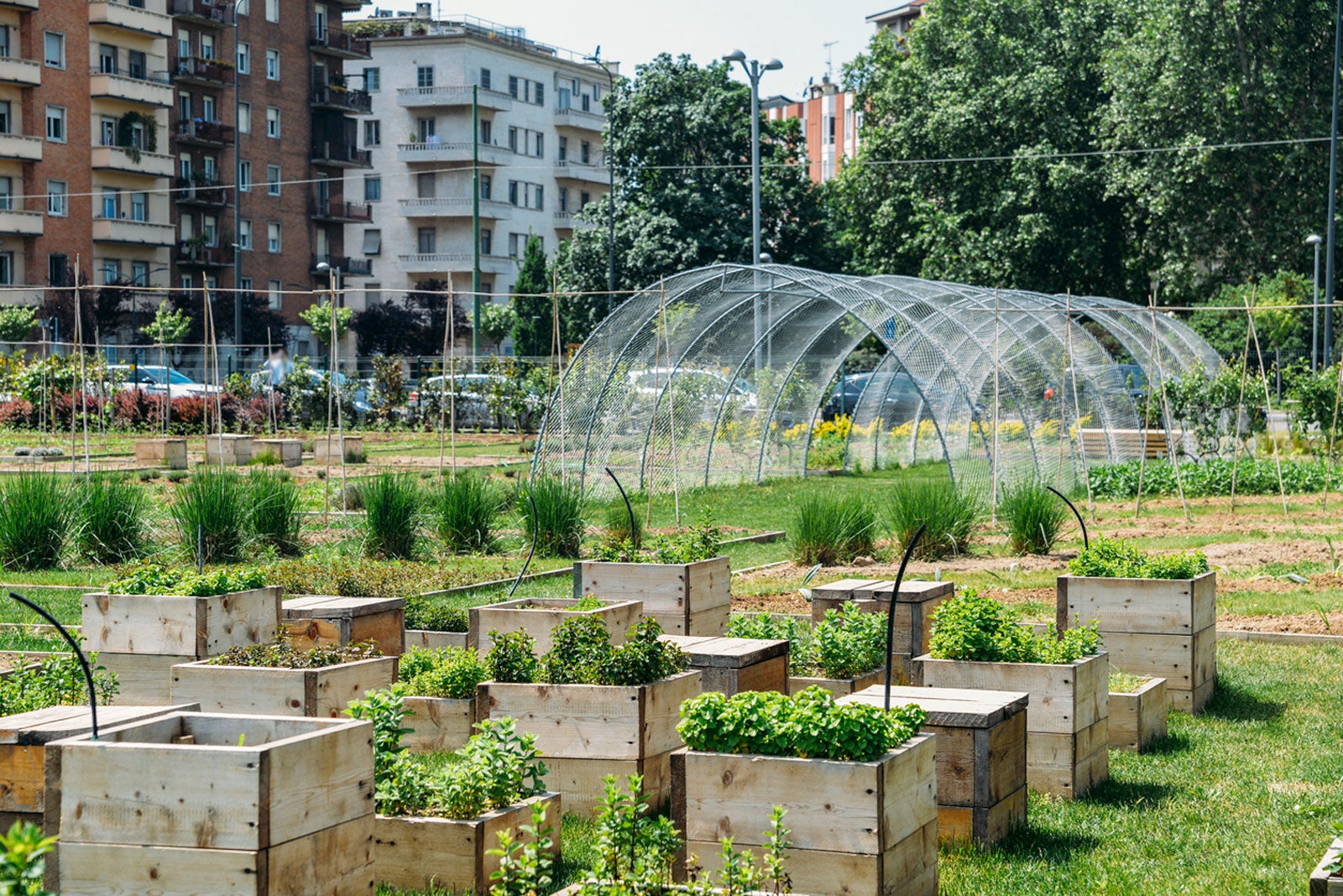An Unbiased View of City Blooming
An Unbiased View of City Blooming
Blog Article
City Blooming Fundamentals Explained
Table of ContentsOur City Blooming DiariesExamine This Report on City BloomingThe 9-Minute Rule for City BloomingThe Basic Principles Of City Blooming Things about City Blooming
Interested in expanding food for sale in the City of Chicago? Below is a checklist of regularly asked questions relating to the guidelines and regulations that growers must take into consideration when preparing an urban farming task.
The zoning amendment does not modify any kind of other codes taking care of composting, building authorizations, purchasing or renting City possessed building, service licenses or ecological contamination. There are existing codes that manage these problems and they continue to be completely effect and may apply to your project. Community yards are typically owned or handled by public entities, civic companies or community-based companies and maintained by volunteers.
Urban ranches grow food that is meant to be marketed, either on a nonprofit or for-profit basis. Due to their industrial objective, metropolitan farms call for a business certificate.
More About City Blooming
The amount of garden compost material can not go beyond 25 cubic yards at any kind of provided time according to the standards in 7-28-715 of the City's Municipal Code. Due to the fact that the dirt at the majority of new yard sites needs amending, compost, soil, timber chips, or various other materials can be obtained to build or improve the expanding space.

If a structure license is needed then the hoophouse will be considered an accessory structure. You can discover even more regarding the building authorization needs by calling the Department of Structures. The 25,000-square-foot dimension limit is intended to avoid a single community garden from controling an offered block or interfering with the block's existing residential or commercial character.
The restriction does not relate to yards situated in Public Open Space (POS) districts. Can there be even more than one area yard that is 25,000 square feet on a single block? Yes. The size limitation puts on individual yards, not to specific blocks. No. Secure fencing is not needed, nonetheless, yards that have big parking lot may be called for to install fence or other landscaping features.
City Blooming Can Be Fun For Anyone
B1 & B2 districts require that all industrial use tasks be conducted inside your home. R districts limit industrial activity. The regulations reflect the objective and intent of the Zoning Code. Is fencing needed for metropolitan ranches? Yes. Fencings might be required, in addition to landscaping and screening, for sure parking lot and view publisher site outside work or storage locations depending on area and the details task occurring.
Urban farms require structure authorizations and zoning authorizations prior to construction (balcony and patio garden design). Various other kinds of city evaluation might be required depending on certain frameworks, tasks, size, landscape design, licensing, public heath and stormwater monitoring issues.
The Division of Business Affairs and Customer Security can assist figure out the particular kind of service permit that's needed. Off street parking is needed for most commercial jobs in Chicago. The needed number of vehicle parking rooms is based on the number of staff members functioning on site and not the square video footage of the growing room.
The Buzz on City Blooming

A metropolitan farm can offer garden compost material generated on website, nonetheless, the operation should comply with the guidelines in 7-28-715 of the Chicago Municipal Code. Aquaponic systems are allowed indoors on urban ranches in lots of zoning areas.
As much as five hives or nests of honey bees might be maintained as an accessory use. However, beekeepers must sign up with the Illinois Division of Farming. To learn more about the recommended zoning change you might speak to the Division of Housing and Economic Advancement, Bureau of Planning and Zoning at 312.744.8563.
Farming in cities and city areas A metropolitan ranch in Chicago. Urban agriculture refers to various techniques of cultivating. https://www.producthunt.com/@cityblooming11, processing, and distributing food in metropolitan areas. The term also puts on the area activities of pet husbandry, tank farming, beekeeping, and horticulture in a metropolitan context. Urban agriculture is differentiated from peri-urban agriculture, which happens in rural areas at the edge of suburbs.
The Best Strategy To Use For City Blooming
, who look for to develop social networks started on a shared principles of nature and neighborhood holism. These networks can establish by means of official institutional assistance, becoming integrated into neighborhood town planning as a "change community" motion for lasting city development.
Some of the initial evidence of city agriculture comes from Mesopotamia.
Report this page